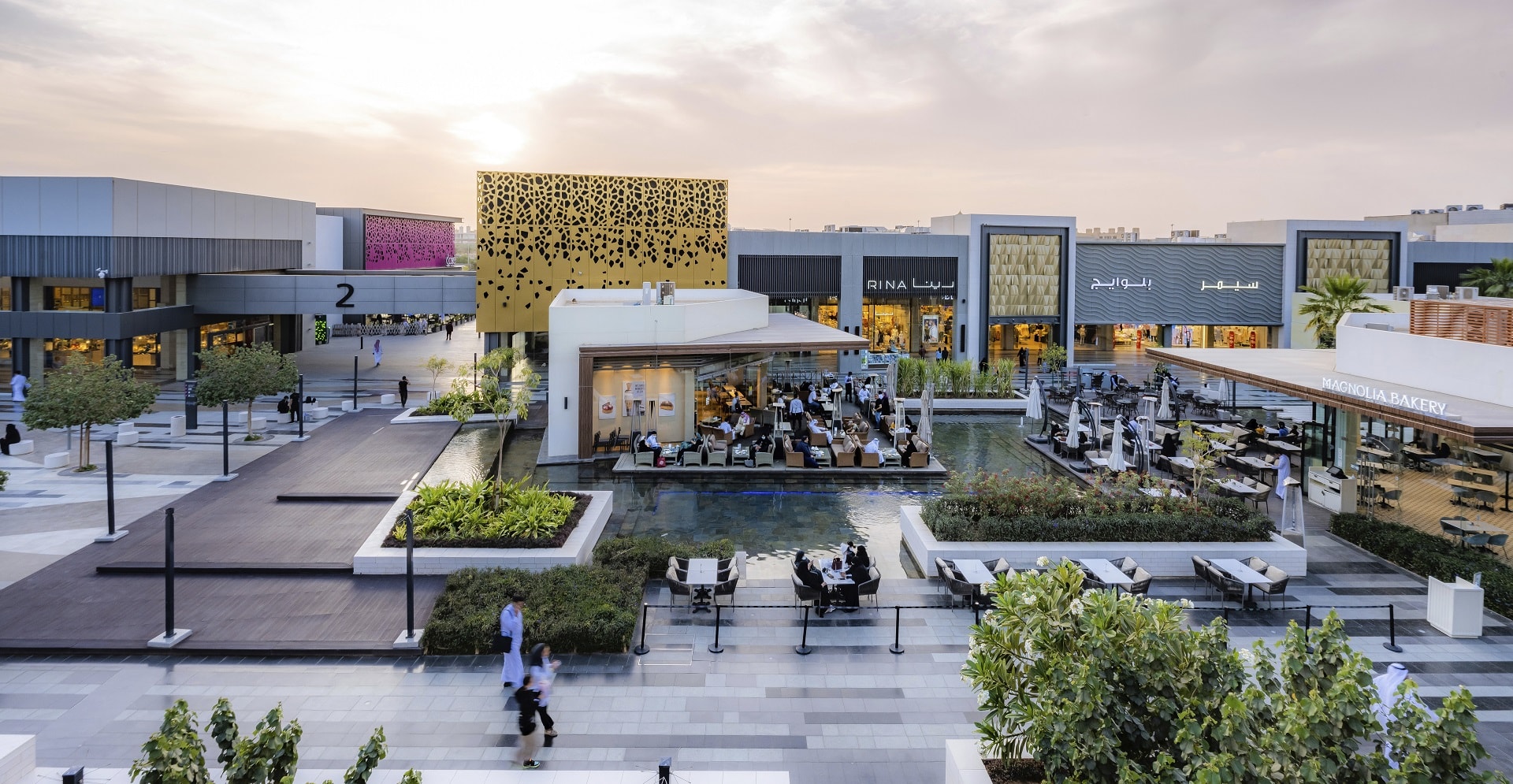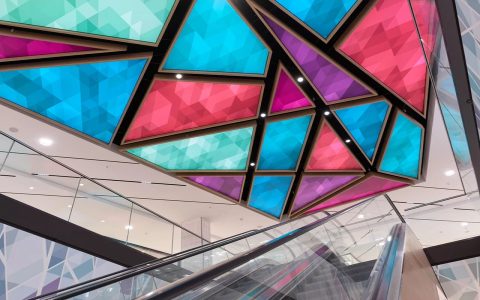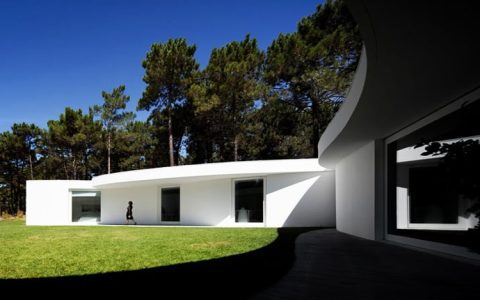Shopping mall architecture is fundamental to retail success, serving as a critical driver for consumer behavior, operational excellence, and long-term viability in competitive markets.
Enhanced Customer Experience
Well-crafted design fosters comfort and accessibility, with features like spacious layouts, natural lighting, and intuitive navigation reducing shopper fatigue. This encourages longer dwell times, increasing impulse purchases and repeat visits, as evidenced by higher footfall statistics.
Operational Efficiency
- Optimized floor plans minimize congestion, improving crowd flow and safety compliance.
- Energy-efficient systems lower utility costs through smart insulation and ventilation.
- Maintenance-friendly materials reduce long-term upkeep expenses.
Brand Differentiation and Value
Unique architectural elements establish a distinctive identity, positioning the mall as a premium destination. Iconic structures such as signature entrances or themed zones strengthen brand recall and tenant appeal, boosting occupancy rates and rental income.

Sustainability Impact
Modern designs incorporate green features like solar panels and water recycling, cutting carbon footprints and operational overheads. Eco-conscious architecture resonates with growing consumer demand for sustainable spaces, ensuring regulatory compliance and competitive edge.







